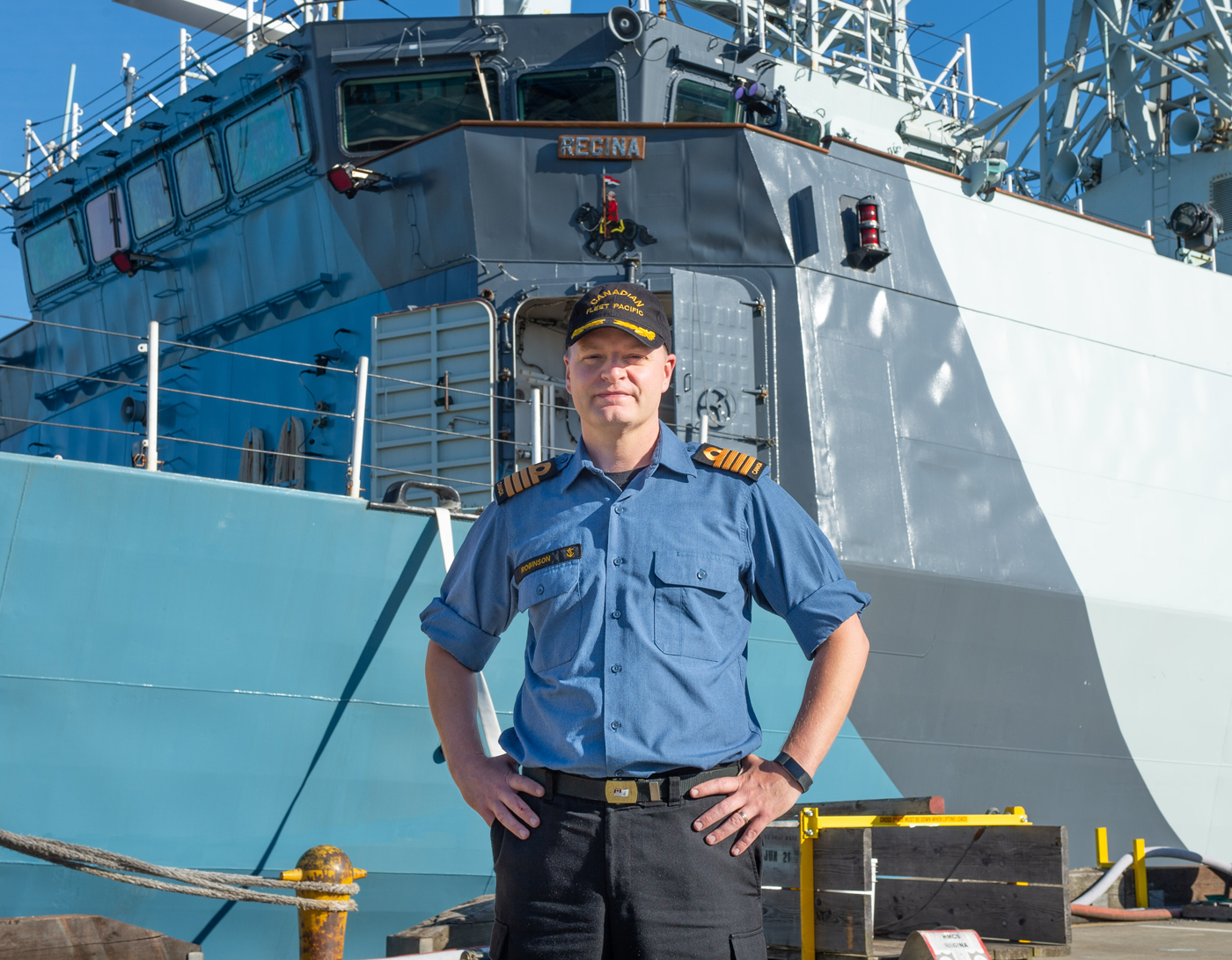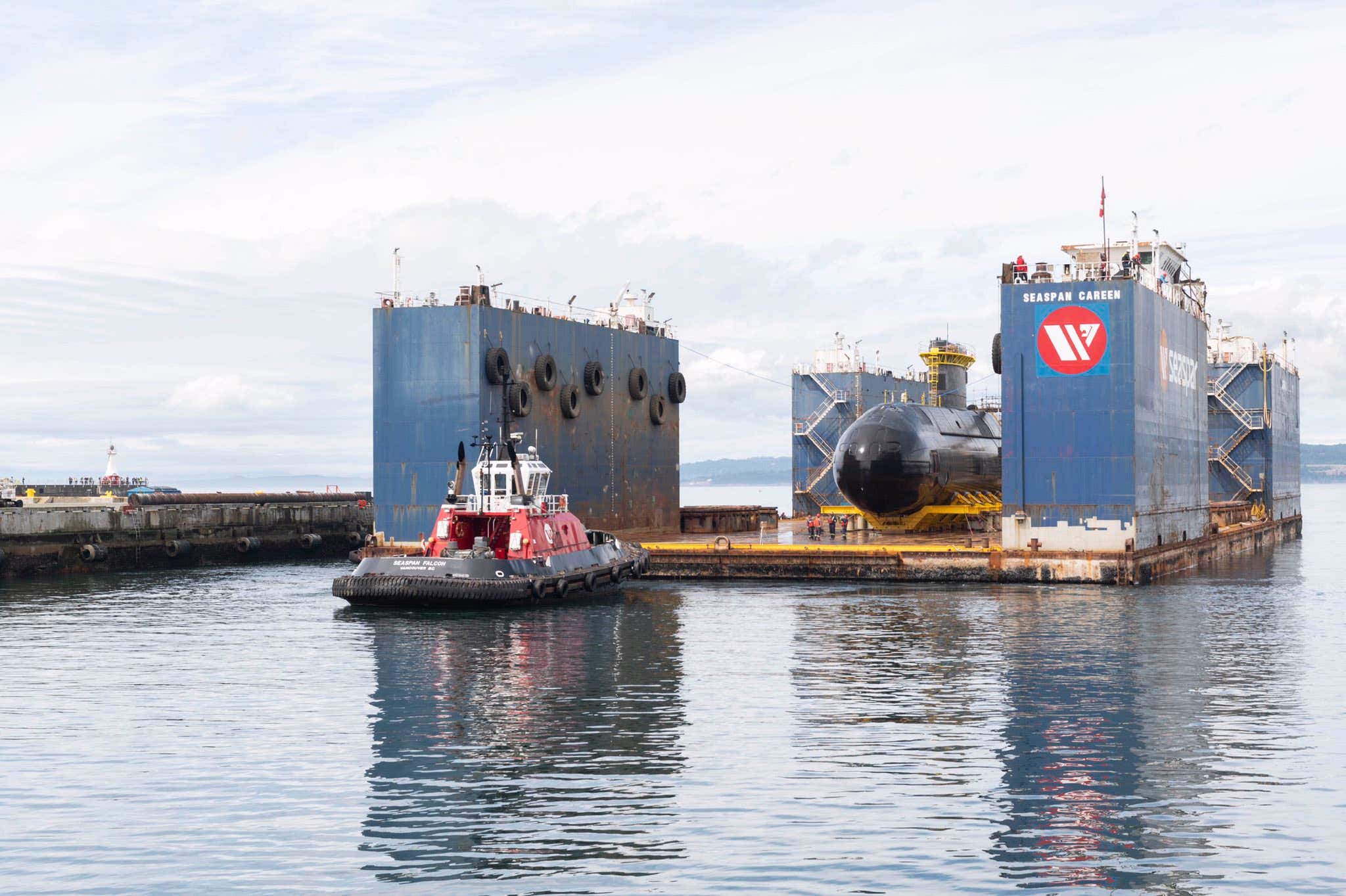Canadian Submarine Bedeviled By Accidents For A Decade Is Finally Back In The Water
Canada’s tiny submarine fleet has been in sad shape for years. Now with the return of HMCS Corner Brook that could start to change.
...
The COVID-19 pandemic further complicated things and, although
Victoria returned to the fleet last September,
Corner Brook faced more delays. As of April this year, both
Windsor and
Victoria were in the water undergoing post-work testing, suggesting the program may, finally, have turned a corner. There seems to be some uncertainty when work on
Chicoutimi might be completed, however, evidenced by the RCN’s stated aim of “having three of four submarines” back in service in the near-term.
That aspiration might also be challenged by the age of the submarines, with the oldest,
Victoria, due to reach the end of its planned service life next year. A life-extension program costing roughly $1.5 billion would be required to keep the class active into the late 2030s or early 2040s. While that may not sound such a lot, it’s a significant figure in a country where
annual defense spending for 2019-20 was estimated at around $26.5 billion, total. The life-extension program would equate to more than 5 percent of the entire defense budget.
It wouldn’t be altogether surprising if the Canadian government decides the funds for submarine life-extension could be better spent elsewhere. Regardless, Canada has already invested
more than a billion dollars in the submarines in the past 20 years, with very little return so far. Submarines are also not the only area where Canada is struggling to modernize, with the saga of
acquiring new fighter jets another prominent big-ticket example.
The RCN’s requirement for a submarine of any kind is meanwhile clear, with the strategic importance of the nearby Arctic region steadily growing and with highly advanced Russian submarines increasingly active in the North Atlantic. The result has been a revival of submarine and anti-submarine warfare across NATO, something that Canada is keenly aware of. That said, just four submarines for a country like Canada with maritime interests in the Atlantic, the Pacific, and the Arctic, as well as responsibilities as part of NATO, is an extremely small force — even if they do all work.
That Ottawa is willing to invest in high-end naval capabilities is clear by looking at its ambitious next-generation frigates, based on the British
Type 26 design, which will be among the
most heavily armed warships of their size.
It remains to be seen whether Canada will opt to persist with its trouble-prone
Victoria class or if it will decide to invest in a new design offering better reliability and capabilities, although, so far, there doesn’t appear to be any active movements toward acquiring new submarines. Once the RCN finally has three subs back in regular service, the defense ministry might be better able to make a decision on that front.
Royal Canadian Navy
HMCS Corner Brook transported on the lift barge Seaspan Careen.
Canada’s tiny submarine fleet has been in sad shape for years. Now with the return of HMCS Corner Brook that could start to change.

www.thedrive.com











